Engine pollution is a rather interesting and important topic. Several main causes of its contamination can be distinguished - thermal oil decomposition, mechanical wear of coatings and the appearance of chemical insoluble compounds. On the walls, deposits are formed, which adversely affect the operation of the motor. At the same time, the incorrect selection of oil only exacerbates the situation. The standard example was poured low-grade oil that did not have enough detergent additives in its composition. This topic will be devoted to this article.
Content
- Dirty engine, reasons for pollution
- How to save the engine how to prevent engine contamination
- Engine pollution, contamination signs
- Wash engine in what cases washing is required
- Washing engine, old grandfather washing, dignity and disadvantages
- Washing engine, how to rinse the engine auto chemical type MF5, dignity and disadvantages
- Tips of professionals
Dirty engine, reasons for pollution
There are a number of factors contributing to the Nagara formation:
- Condensation of water vapor.
- Realuning the fuel and air mixture.
- Worn piston rings, through which gases periodically break through.
- Violation of interservice intervals.
- Short trips at minus temperatures.
How to save the engine how to prevent engine contamination
It is impossible to completely get rid of the pollution of the motor, but it is quite realistic to minimize negative consequences.
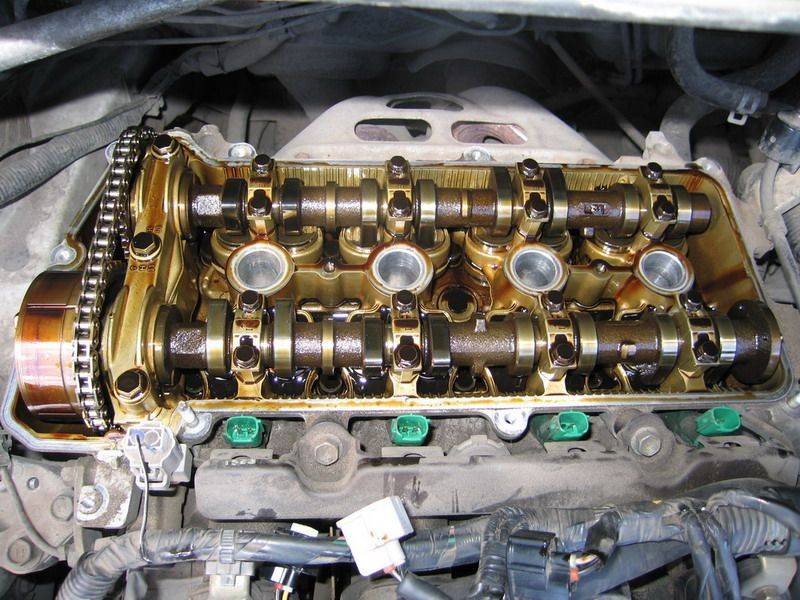
To do this, it is necessary to pour only high-quality oil, which meets the manufacturer's recommendations. It is also very important to do this in a timely manner. In addition, it is necessary to propagately replace the oil-challenge caps, follow the operation and restore the cylinder-piston group, guide bushings and valves.
Engine pollution, contamination signs
Elevated oil consumption is the first sign of accelerated nagar formation. At the same time, it is at the time of turning off the engine formed the main layer of precipitation - viscous and solid components are seen on the heated surfaces. As a result, deposits are formed, which are quite difficult to rinse.
There are quite a lot of diverse methods of combating sediments and nagars, in particular ultrasound cleaning, flushing oil or auto chemicals with a high percentage of solvents in the composition. It is important to know that the flushing should not cause damage to filters, gaskets, rubber seals and working surfaces. There are a lot of dubious compositions that, when ingestion, the internal combustion engine is capable of scoring oil canals and an oil worker.
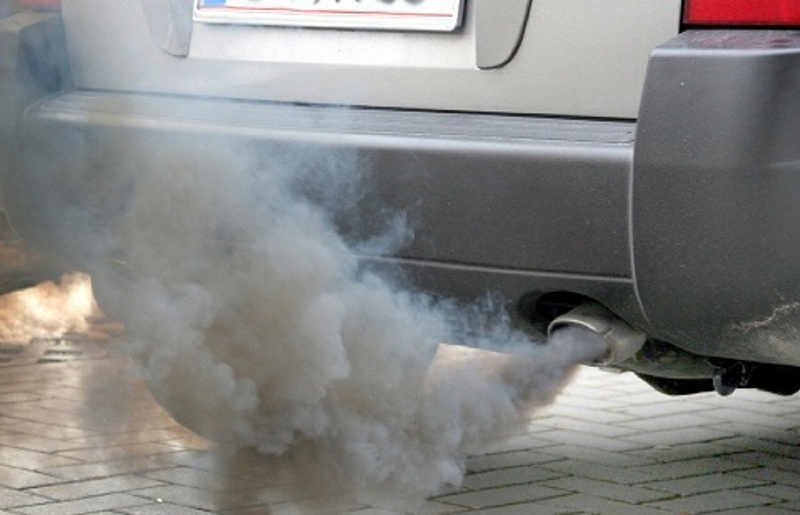
As a result, overheating of the old oil, which leads to very unpleasant consequences.
Wash engine in what cases washing is required
Washing engine is required in such cases:
- When changing the manufacturer (brand) oil.
- When changing the type (viscosity) of oil.
- If you get into the low-grade oil, antifreeze or fuel.
- When repairing an internal combustion engine when you need to open the head of the cylinder block.
- When buying a used vehicle, whose past service is not known.
The washing of the motor is also needed because to maintain the absolute cleanliness of the engine insufficiently detergent properties of even the highest quality oil. Moreover, most drivers lose the pollution of the engine with dust. And it acts on the principle of Abrasive - erases pistons, piston rings, cylinder sleeves. In the engine, the dust falls into the wrong installation or clogging of the air filter and cracking the intake manifold.
With leaks in the engine oil, it gets fuel. It is capable of breaking the viscosity, change the consistency of the oil film on the pushers of the valves, cams, bushings and connecting rods. The lubricant of cylinders deteriorates, and the piston rings fail prematurely.
In diesel engines in case of incomplete combustion of fuel, soot is formed, which scores piston rings, or rather their grooves, which provokes them erasing. Metals, such as iron or chromium, are able to form in oil.
Washing engine, old grandfather washing, dignity and disadvantages
Wash the motor is recommended using gentle flushing or conduct any other procedures. There is an old grandfather method of gentle flushing of the internal surfaces of the motor:
- Initially, it is necessary to merge the old oil. In the presence of a lift, for a complete drain, the vehicle should be slightly tilted in different directions.
- Then pour new oil and replace the filter.
- After that, the vehicle is operated for several days in standard mode.
- Re-make the oil and filter replacement. Interestingly, with the first subsequent replacement of oil, it is produced several times faster than usual.
However, this method significantly loses in the efficiency of washing with a full-fledged auto chemical type MF5. I propose to figure out how it works and what advantages gives.
Washing engine, how to rinse the engine auto chemical type MF5, dignity and disadvantages
Components of this tool are capable of shooting Nagar and deposit.
As a result, a protective layer of metal ceramics is formed on the purified coatings, which protects against the wear of the cylinder walls. In addition, such an auto chemistry restores the elasticity of seals and pads, shears harmful oxides from oil, and it also makes it possible to identify the wear of the oil-giving rings and valves - if after applying MF5 in three hundred kilometers chimney and oil consumption did not decrease, then these nodes are subject to replacement.
In addition, the use of flushing MF5 is relevant due to the fact that modern oils actually do not contain oil elements, and the available additives are literally burning to the surface. The main advantage of the MF5 is not chemically aggressive solvents that are capable of harming seals, gaskets and the engine itself.
Tips of professionals
It is worth saying that the correct flushing of the motor is not able to harm him. However, it should be suitable for its selection and competently. And do not forget that without timely and integrated engine maintenance, the washing efficiency can become zero. You can learn more about flushing information from the following video.
Related Materials
- Stove 2110, bad warm stove 2110, VAZ 2110 heating system, repairing the heating system VAZ 2110 with their own hands
- VAZ 2114 stove blows with cold air, stove 2114, bad warm stove VAZ 2114, device and repair of heating VAZ 2114 do-it-yourself, removing the stove VAZ 2114
- How to subdominize the car. How to put a jack. Types of jacks for cars.
- VAZ 2109 Fuse Block, VAZ 2109 Fuse Block Carburetor, VAZ 2109 Fuse Block Injector, Old VAZ 2109 Fuse Block, VAZ 2109 Fuse Block, VAZ Fuse Block 2109
- Car exhaust gas catalyst, faulty catalyst, pluses and cons of the catalyst, how to change the catalyst on the planeencitel
- Stove blowing cold air VAZ 2114, badly blowing the stove VAZ 2114, why badly blowing the stove VAZ 2114
- How to find out the owner of the car by the number of his car, check the car by the number of the traffic police machine, check the car by the state number of the car for free
- How to choose Used tires, Useful Tips
- Winter car road, pressure in passenger car tires in winter, good battery for the car in winter, whether to warm the car in winter
- In winter, the car is poorly started. How to make a car in winter, do you need to warm up the car in winter, useful tips
- Economy fuel consumption machines, the most economical car consumption
- Tires brands for passenger cars, labeling of car tire labeling, residual passenger car tire protector, how to pick a tire on a car brand, car tire tread pattern
- Working transmission operation, mechanical gearbox clutch work, driving with manual gearbox, useful tips
- Rear beam Peugeot 206 sedan, rear beam device Peugeot 206. Rear beam Peugeot 206 Malfunction, repair of the rear beam Peugeot 206
- Diesel fuel in winter, additive for diesel fuel in winter, how to choose the best diesel fuel
- Diesel winter does not start. How to start diesel in winter, heating diesel in winter.
- Japanese bridgestone tires, winter studded bridgestone tires, bridgestone tires brand
- Tire marking decoding for passenger cars, labeling wheels, how to choose the right tires on the disks
- Diesel engine in winter, launch of the diesel engine in winter, what oil to fill in a diesel engine in winter, useful tips
- LED backlight of the car, the backlight of the bottom of the car, the backlight of the legs in the car, the backlight in the door of the car, the backlight of the car is fine
- Recovered tires, bus tire, restored tire protector, can I use them
- Choose winter tires, which is a winter tires, which pressure in winter tires should be marked with winter tires, how to choose the right winter tires, the best winter tires 2019
- Steering rail rail, knock of steering rack, reasons for the knock and repair of the steering rack do it yourself
- Cameless car tires, a set for repair of tubeless tires, repair of the cannon-free tire do it yourself
- Russian tires, Russian tires Winter, Russian All-season tires, Voronezh AMTEL tires, Tires "Matador Omsk Tire", Kama-tires are world-class bus
- How to open a car without a key. Lost the key from the car what to do, the key from the car inside the car
- Silent tires, quiet winter tires, quiet studded bus, which tires to choose, overview tires
- Tires and safety, safety of the bus, why it is necessary to constantly monitor car tires
- Rules of safe driving of the car in the rain and slush, safe driving of the car for beginners
- Rust converter which is better for cars, rust converters to choose how to use rust transducer, professionals
- Polishing the body of the car do it yourself, how to choose a polishing paste, useful tips
- Engine durability, engine life, how to extend engine life
- Knock in the car. Knock when moving the car. What can knock in the car. How to determine the cause of the knock.
- ABS car, what is ABS car, ABS system malfunction, ABS diagnostics
- Overtaking a car when you can start overtaking a car, rules of traffic rules
- Fuel pump VAZ 2110, VAZ 2110 gas station scheme, VAZ 2110 fuel pump device, VAZ 2110 gas station repair,
- Automotive antennas for radio, automotive antenna device, car antenna do it yourself
- Front suspension Kalina, device front suspension Kalina, knock in front suspension Kalina, repair of front suspension Kalina
- Shock absorber Oil, best oil shock absorbers, pumping oil shock absorbers, how to properly pump oil shock absorber
- Clutch malfunctions, touches clutch, causes a clutch malfunction, how to eliminate
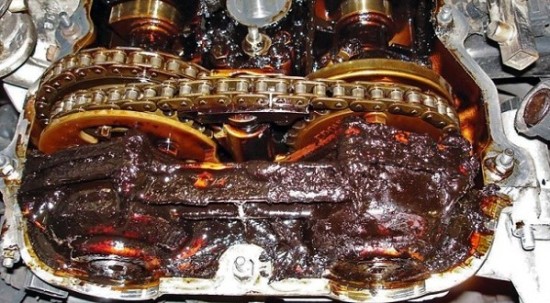
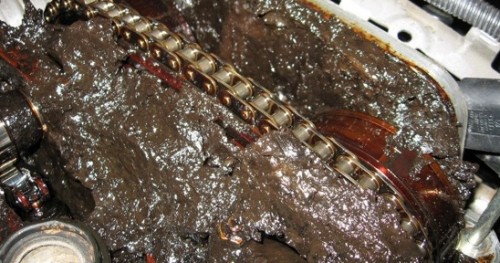
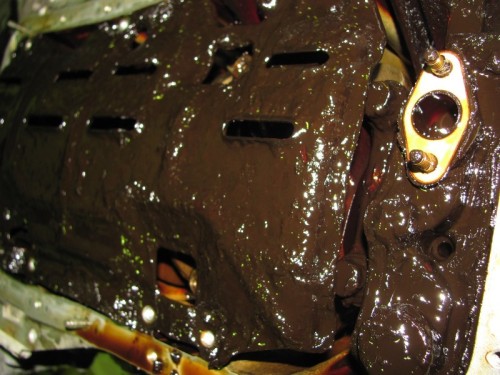
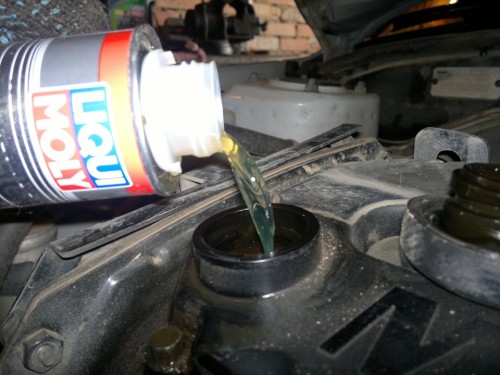
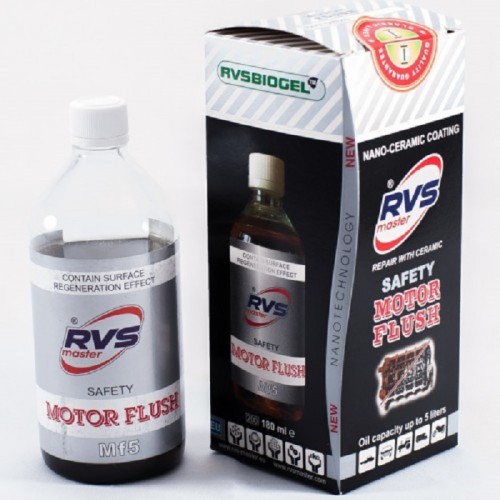






Comments